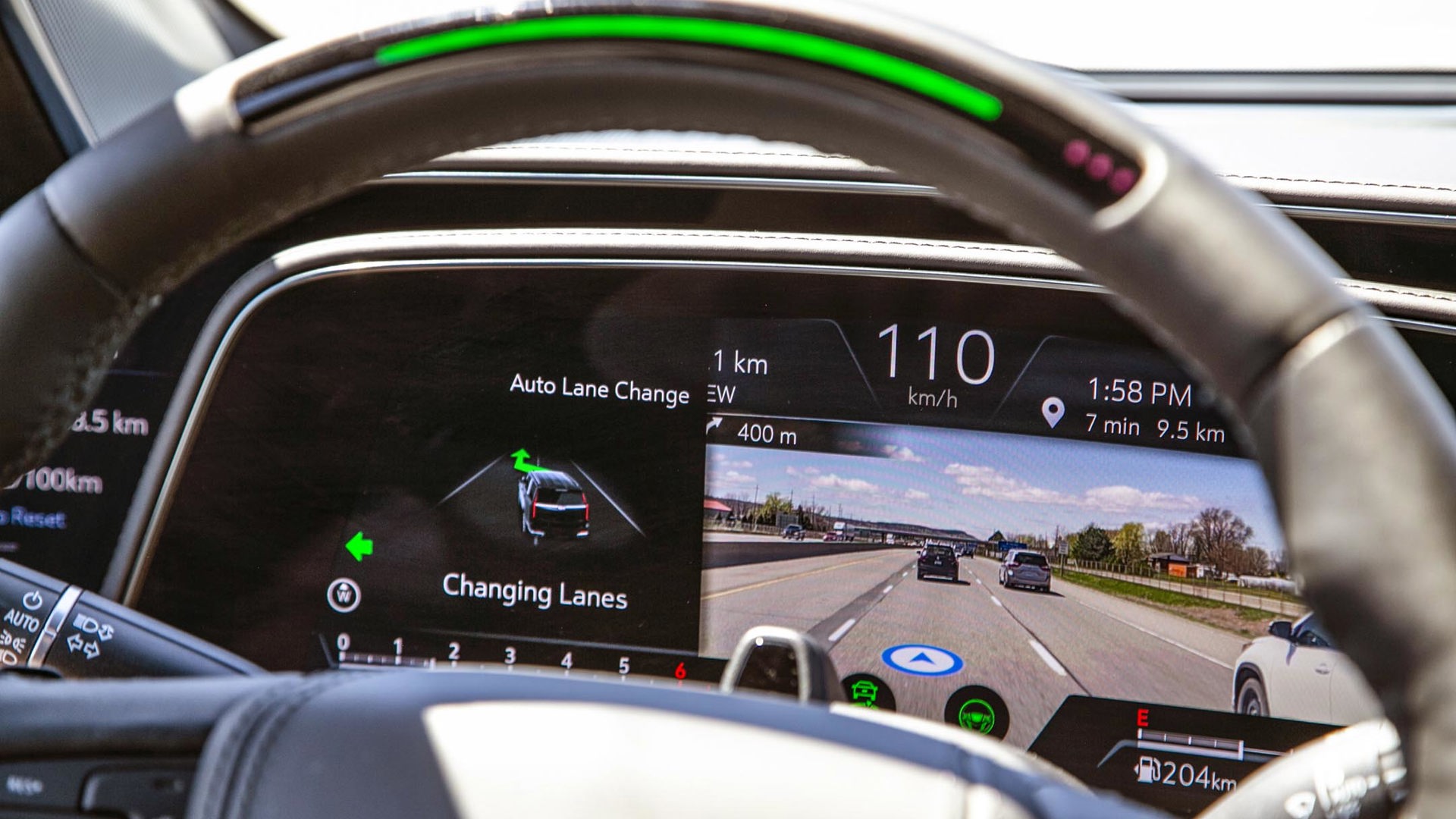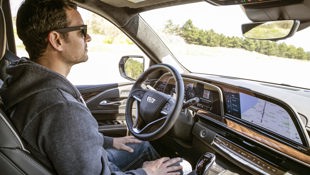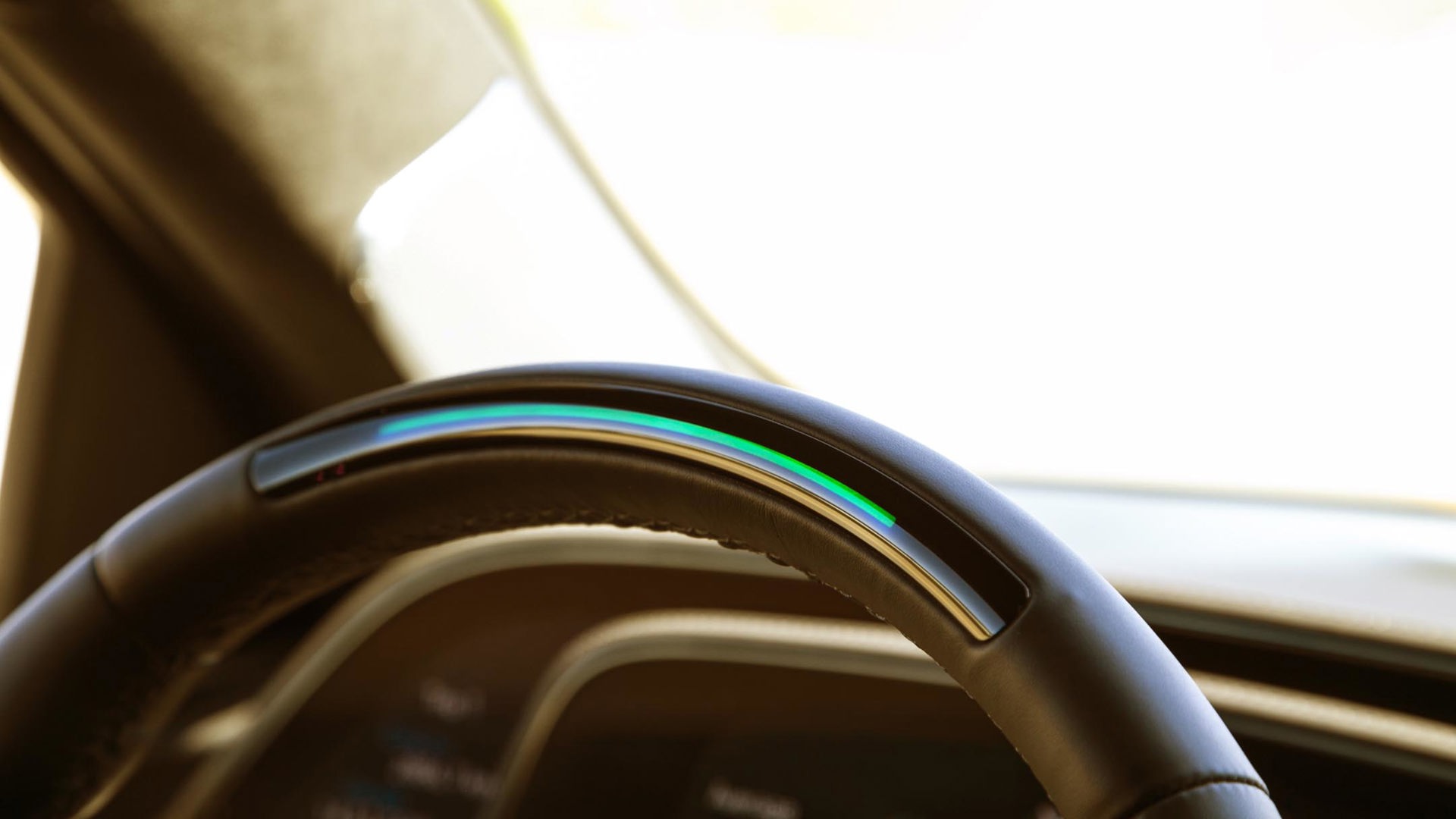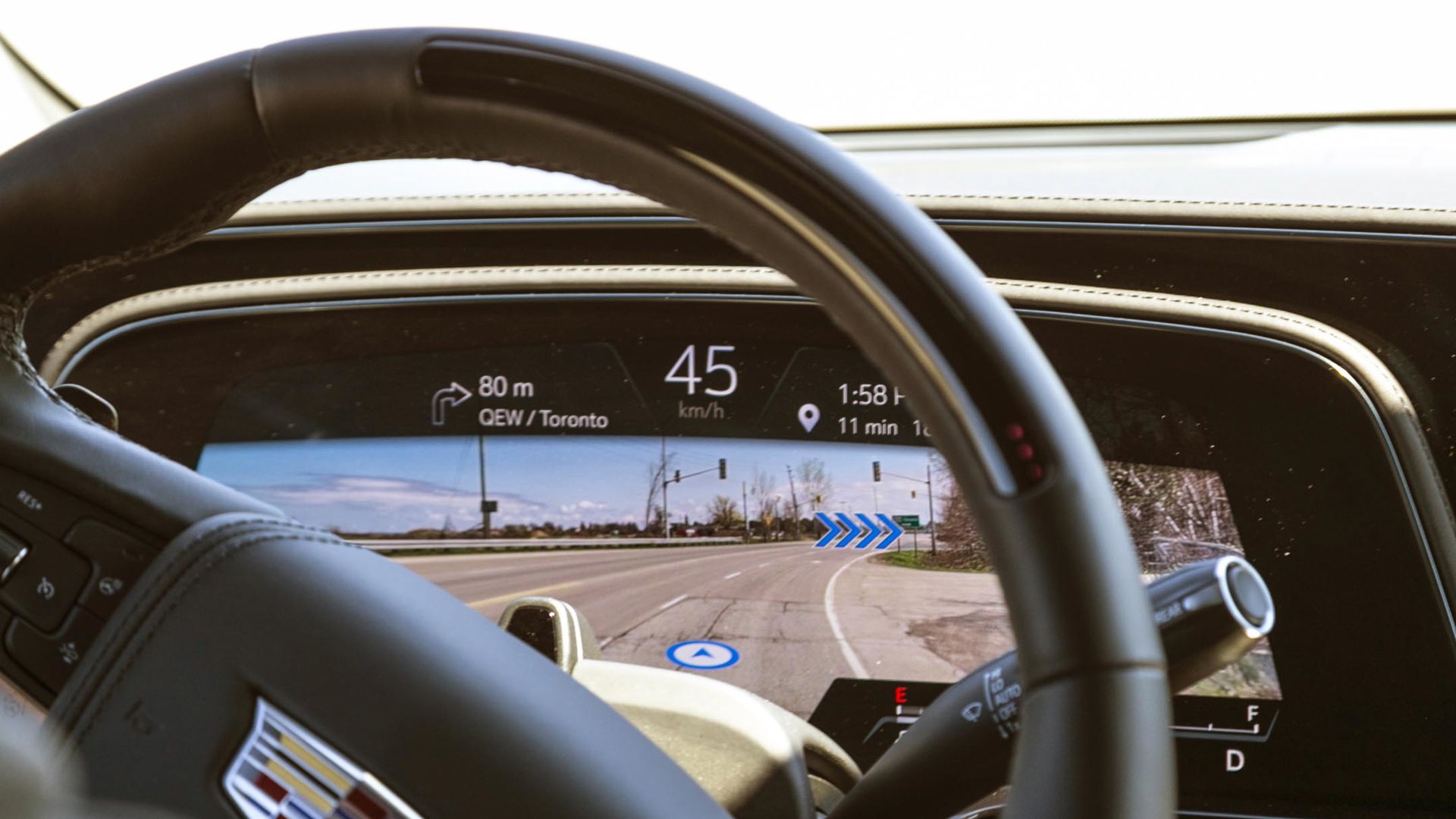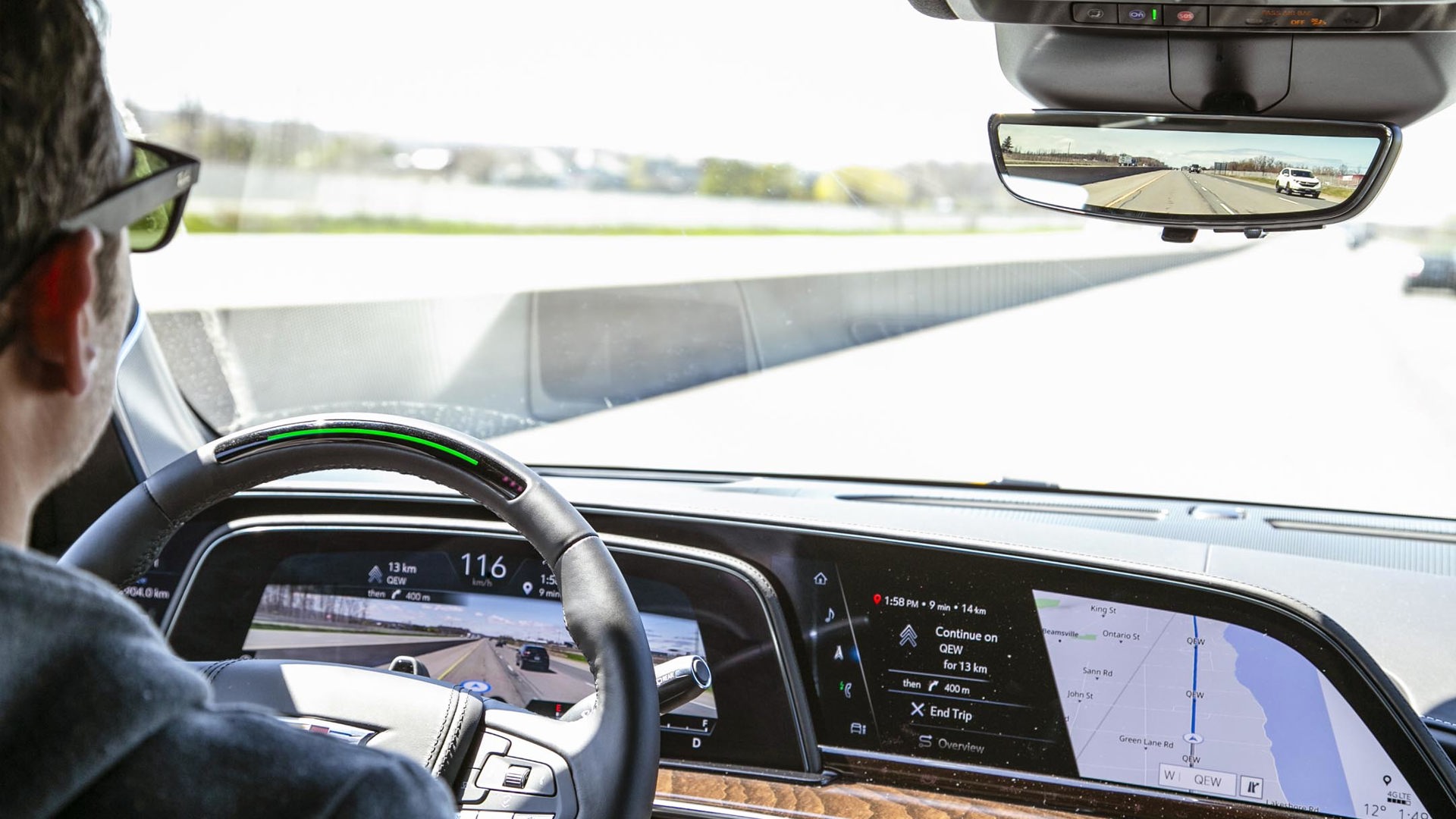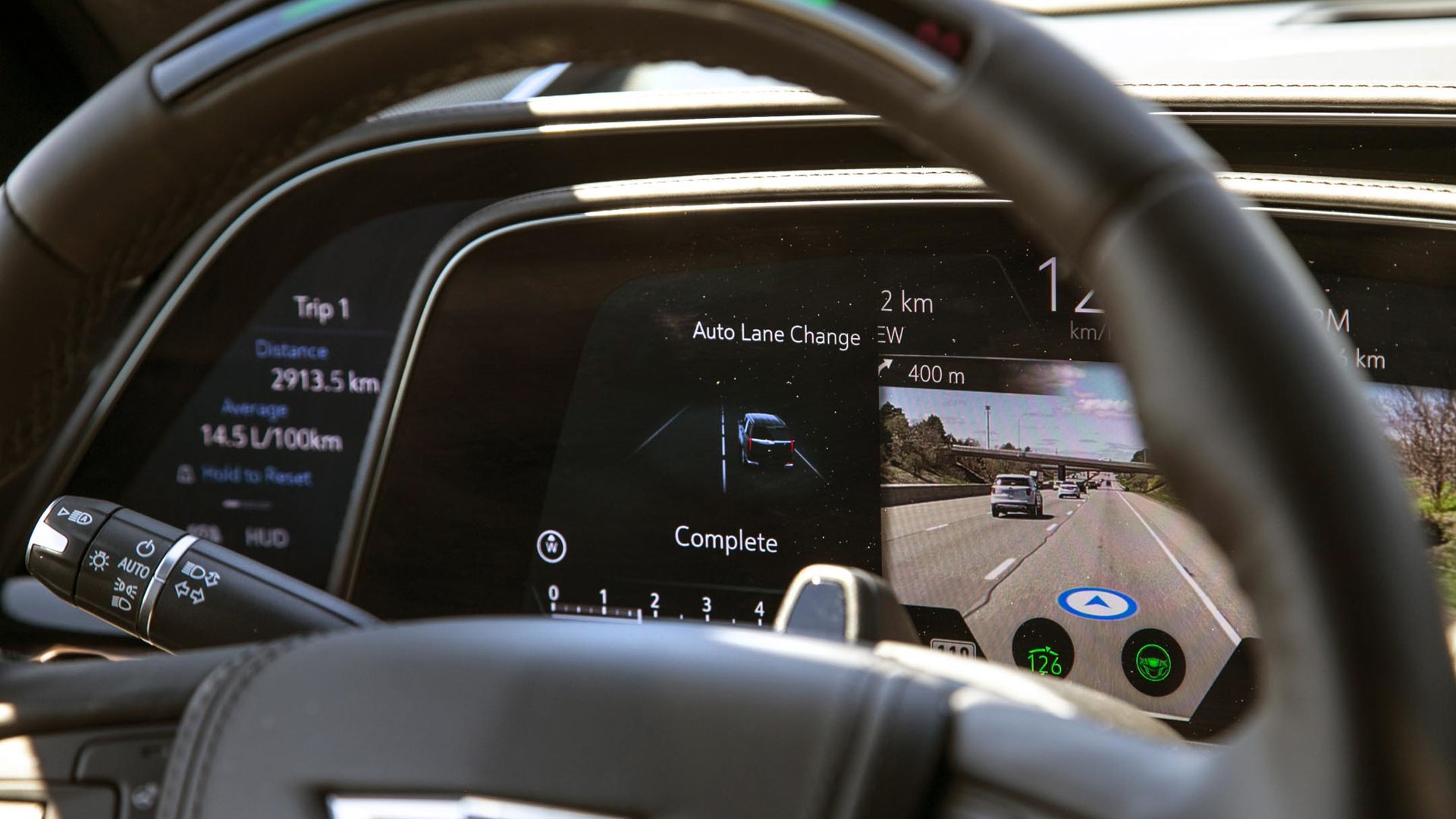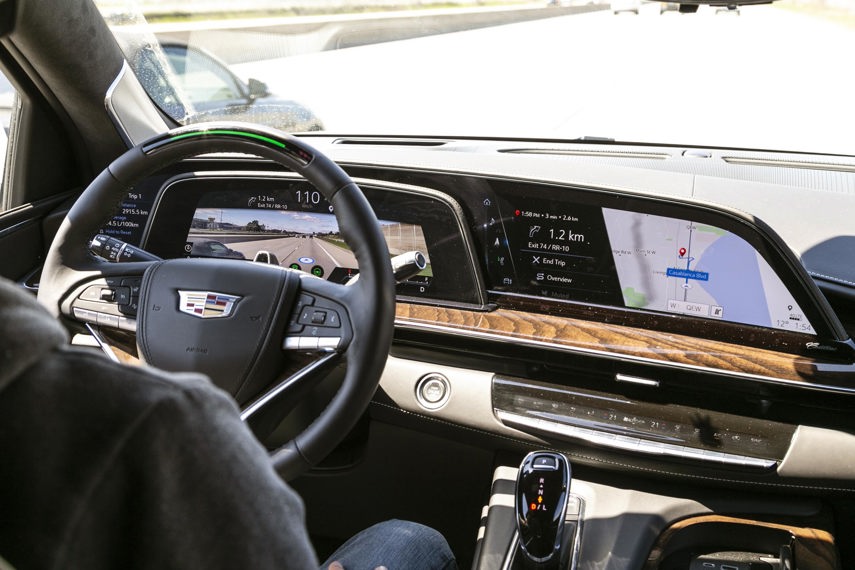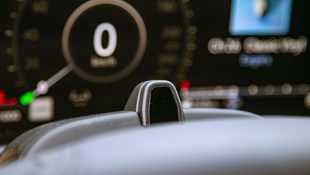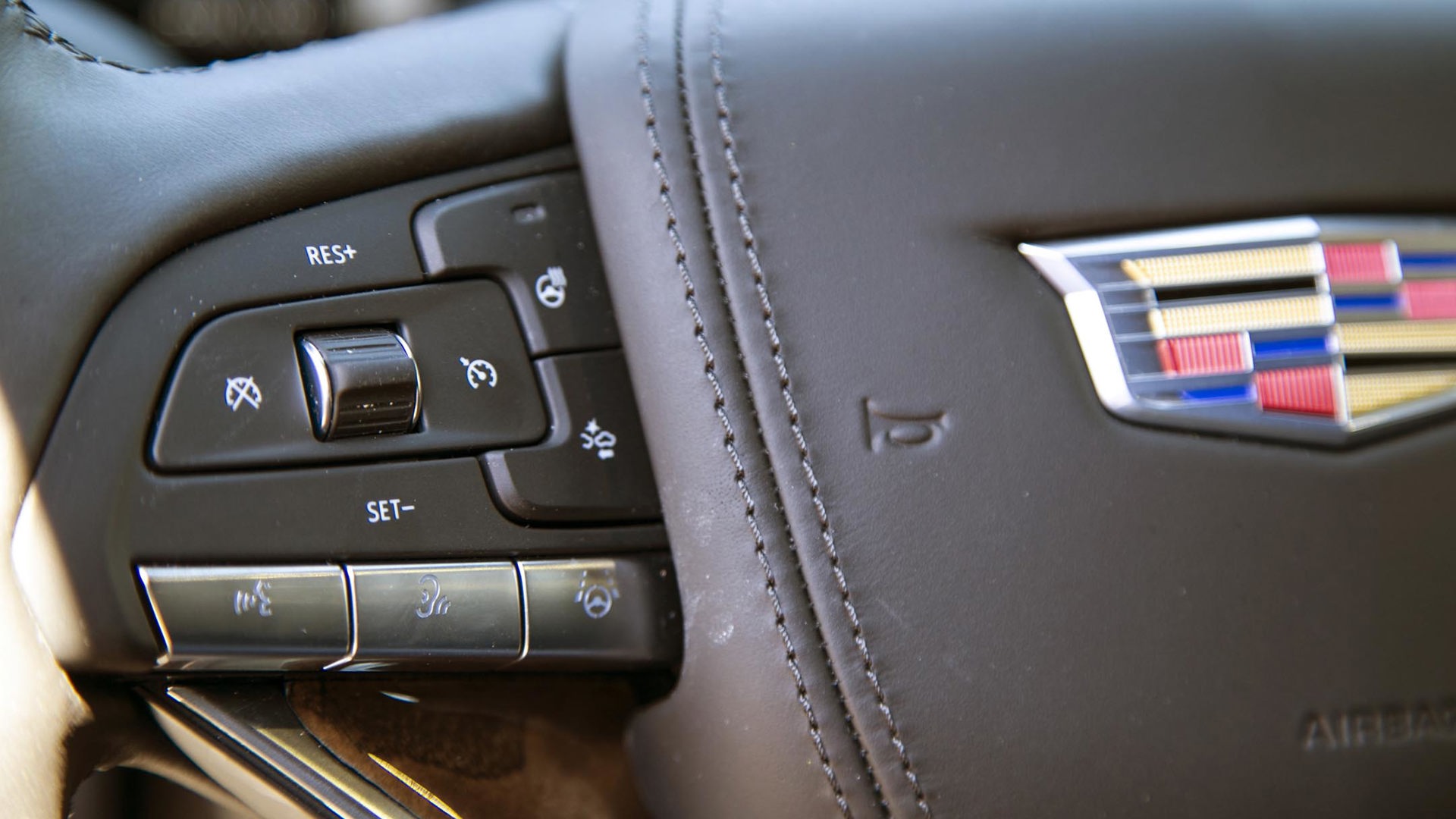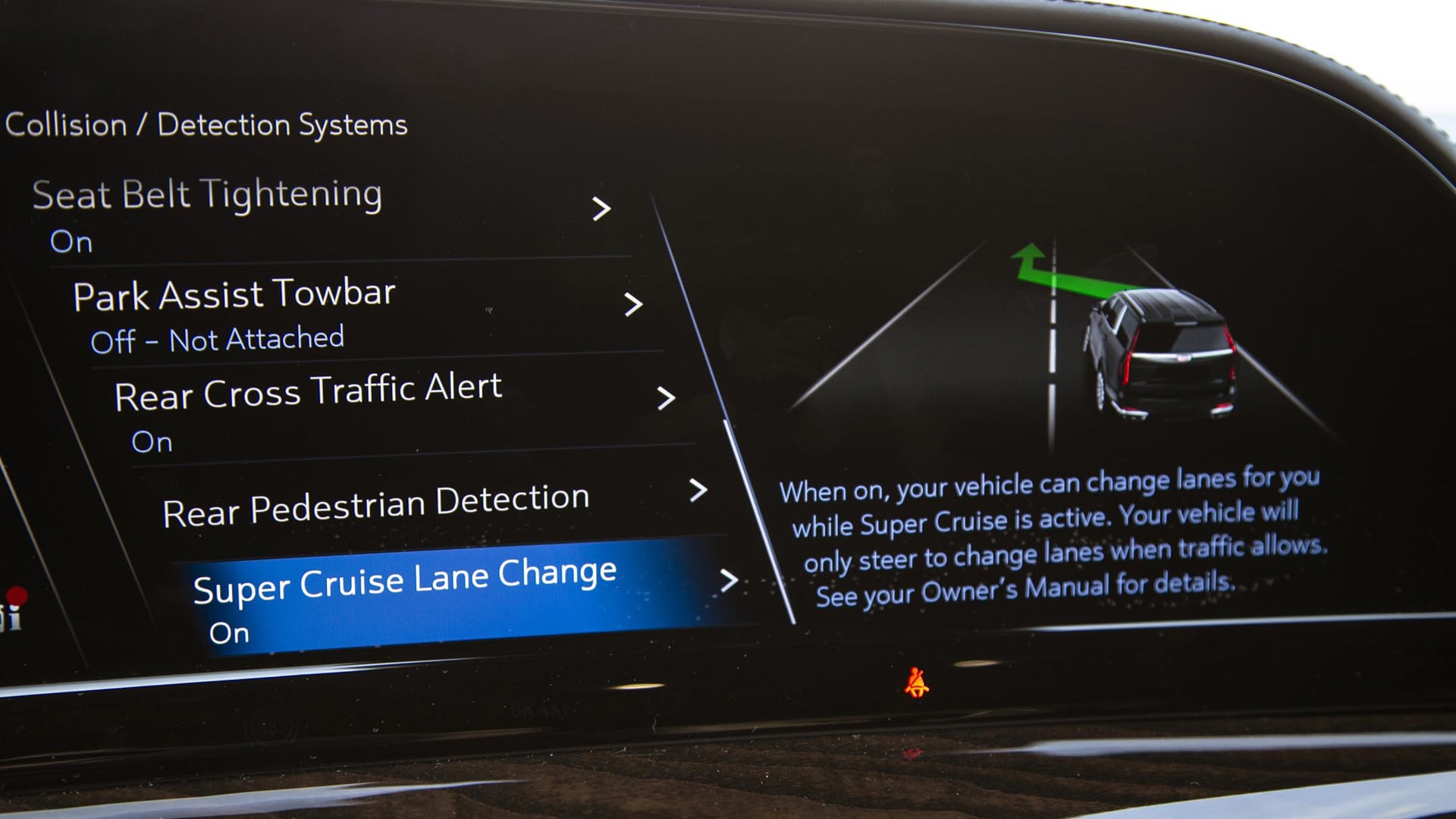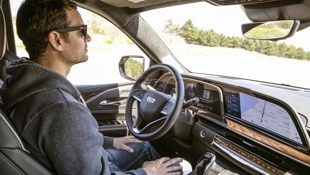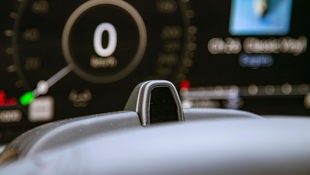Anyone who hasn’t been living under a rock for the past decade has surely noticed that we’re deep in the midst of a technological revolution. Connectivity and computerization have automated so many aspects of daily living that it can make one’s head spin, and there are few better examples of this than the auto industry.
While on-board apps and smartphone integration enable drivers to do more and stay better connected to the outside world, the high cost of that convenience is a frightening level of driver distraction, even with the most intuitive systems.
Active safety features have become prolific even on affordable, non-luxury cars, where a litany of sensors and cameras can tell the car’s computerized brain when danger is imminent, and help save us from our own distracted selves.
Increased driver assistance functions that make life behind the wheel easier are a happy byproduct of automated safety features, and Cadillac’s Super Cruise system is among the most advanced.
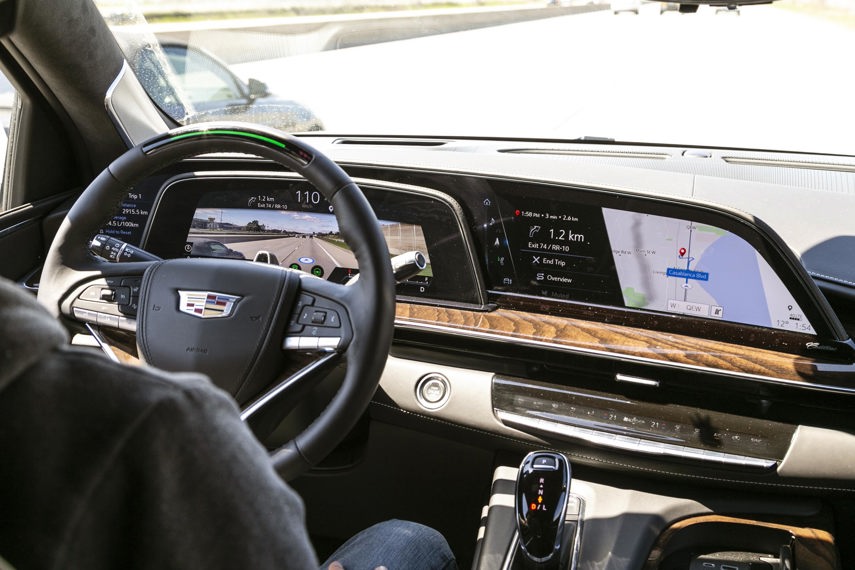
What is Super Cruise, Exactly?
For the 2021 models of the CT4, CT5, and Escalade, Cadillac is offering Super Cruise 2.0, an enhanced version of the system first seen in the now-defunct CT6 sedan that launched in 2017. Fundamentally, it’s not much different than automated cruise control systems offered by many other manufacturers that permit the car to adjust speeds as required to maintain a safe distance from the vehicle in front, and to steer itself within marked lanes. The “enhanced” part comes from the system’s ability to drive along without the driver’s hands on the steering wheel.
Most competing systems will enable a few seconds of hands-free driving, but quickly remind the driver to at least rest a finger somewhere on the wheel, suggesting some semblance of responsibility for the act of driving. Super Cruise is happy to motor along the highway, whether in stop-and-go traffic, or at speed, with the driver twiddling their thumbs in their lap. Super Cruise will even take care of safe lane changes in response to a driver tapping the turn signal stalk.
I found the latter function a bit unsettling at times. At first, I tried it with sparse traffic and ample room to change lanes and Super Cruise immediately responded, shifting smoothly from lane to lane. Mustering a bit of courage, I tried it again in denser traffic, requesting a lane change with a signal tap, only to have Super Cruise assess the situation and determine there wasn’t space available. While it adjusted speeds slightly to find space to merge, it kept signalling to notify fellow motorists of our intent, and once a safe amount of space was determined, the lane change was executed.
My tester was an enormous Escalade ESV and admittedly it squeezed itself into holes in traffic I wouldn’t have felt comfortable doing myself without fear of receiving a single-digit salute from the driver we just merged in front of, but it seems the sensors know best since we received no angry honks in response.
How Does it Compare to the Competition?
Other premium carmakers from Audi to BMW to Genesis and Mercedes each offer similar automated cruise systems, some even with similar automated lane changes, but none enable the same hands-free driving, at least in North America.
Tesla offers an optional version of its "Autopilot" system that will take things a step further than Cadillac’s Super Cruise. With a destination programmed into the Tesla’s GPS, the driver can engage Autopilot and the car will not only manage its speed and lane discipline, but also execute lane changes to pass slower-moving traffic it encounters, and even move to an exit ramp and slow down. Tesla does require a driver to maintain contact with the steering wheel, although, as a recent Consumer Reports test indicated, it is startlingly easy to trick the system, and there are an increasing number of reports of Teslas involved in serious crashes because its drivers weren't actually paying attention.
Cadillac takes a more responsible approach than Tesla and employs a sophisticated driver attention system to ensure the person behind the wheel is always paying attention. A sensor atop the steering column watches the driver’s eyes and if it determines they aren't watching the road, it’ll issue a friendly reminder. Cadillac’s system doesn’t care if you’re approaching an off-ramp needed to reach a GPS-programmed destination and will cruise right past it if there’s no driver intervention. If the driver moves to the off-ramp, Super Cruise shuts off.
In the interest of science, I wanted to see just how far the system would let me go and I covered the sensor with my thumb. In very short order, red lights began flashing, haptic vibrations in the seat kicked me in the butt, and a very loud and stern voice came over the audio system berating me for my insolence. I was then grounded from the system until the vehicle was cycled off and on again. It’s good to see Cadillac takes safety so seriously, but given how litigious the United States can be, it shouldn’t be surprising.
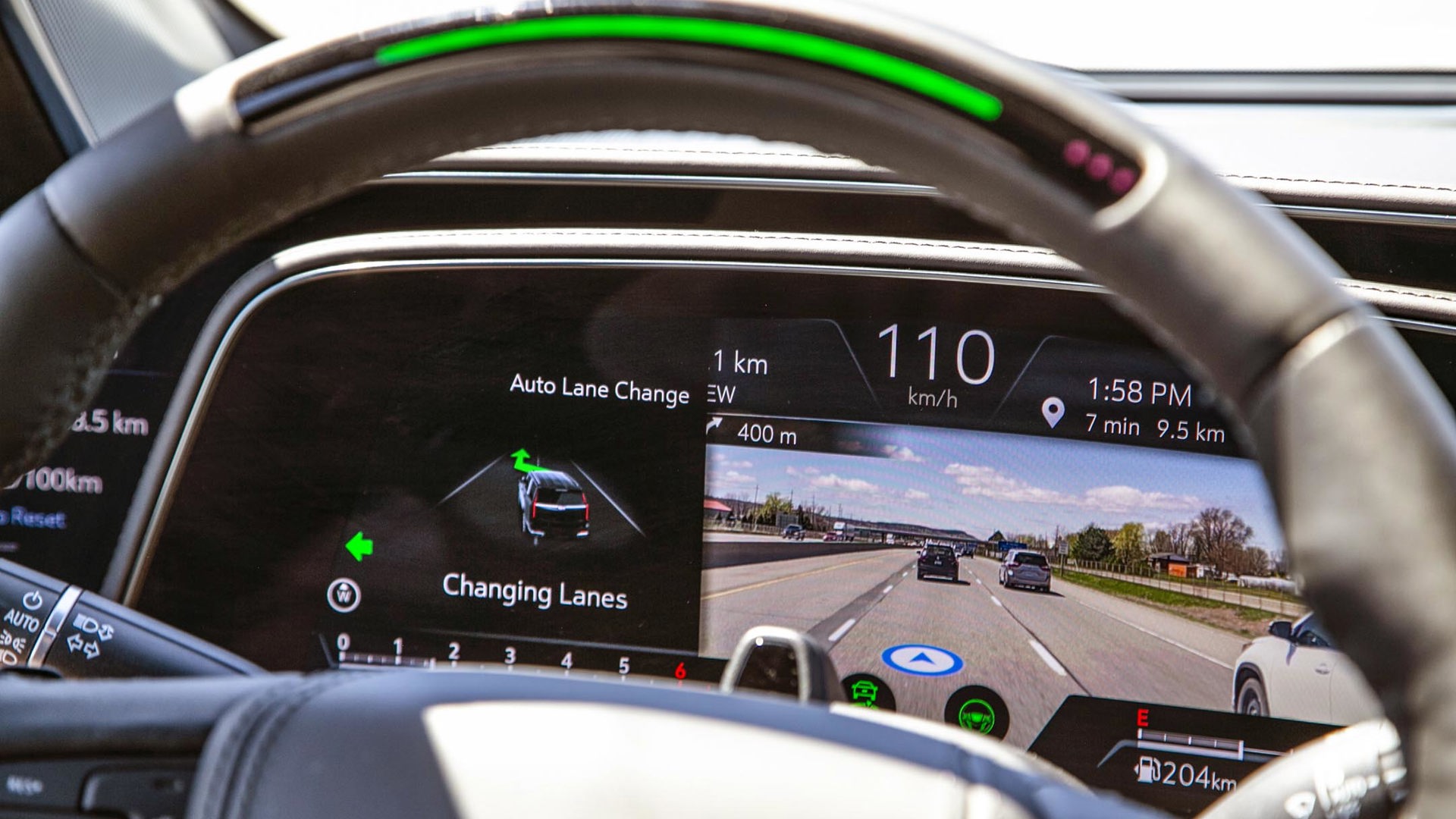
What Are the Requirements and Limitations?
Super Cruise is only available on a series of thoroughly mapped highways that are programmed into the system. That said, to date, that equates to more than 320,000 kilometres’ worth of roadways in Canada and the United States, with more being added and uploaded to the system regularly. Still, in Canada, this means that the system generally works on major highways, not secondary ones on which only traditional cruise control is available to drivers. When Super Cruise is available, a blue light shows up on the steering wheel that turns green when activated.
The ability to execute safe lane changes on its own requires an array of additional sensors added to the exterior of my Escalade tester. In addition to sophisticated LiDAR mapping, there are both short- and long-range radar sensors to help measure distance. In the rear end alone, there are four different radar sensors, which means even a light parking lot tap could result in some serious repair costs.
Ultimately, the latest Super Cruise system is a well-executed bit of technology. It operates as promised, resulting in smooth, natural-feeling on-road operation resembling an astute and reasonably conscientious driver. What’s more, it complements Cadillac’s advanced (if sometimes distracting) driver information, including its augmented reality display that overlays mapping directions on screen.
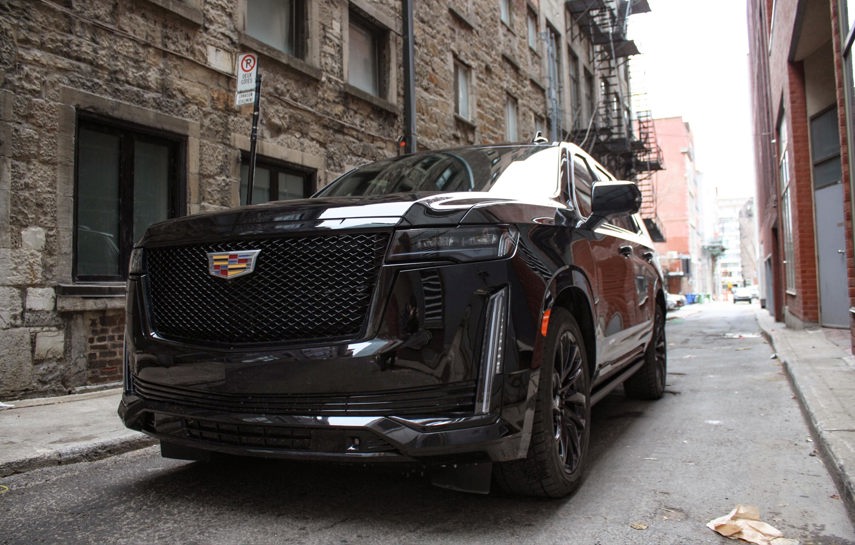
Cadillac claims its first generation of Super Cruise was well-received by buyers, and with the system rolling out to other General Motors products like the upcoming Chevrolet Bolt and GMC Hummer EV, it’s sure to be a continuously improved system that will include ever more highway applications.
My Escalade ESV Sport Platinum tester started at $121,298, and among several options added, Super Cruise cost $2,875 extra. Cadillac also requires an active OnStar plan, active Wi-Fi hotspot, and operational cellular and GPS signals for it to work. While the benefits of all this technology are exciting, it isn’t cheap.
